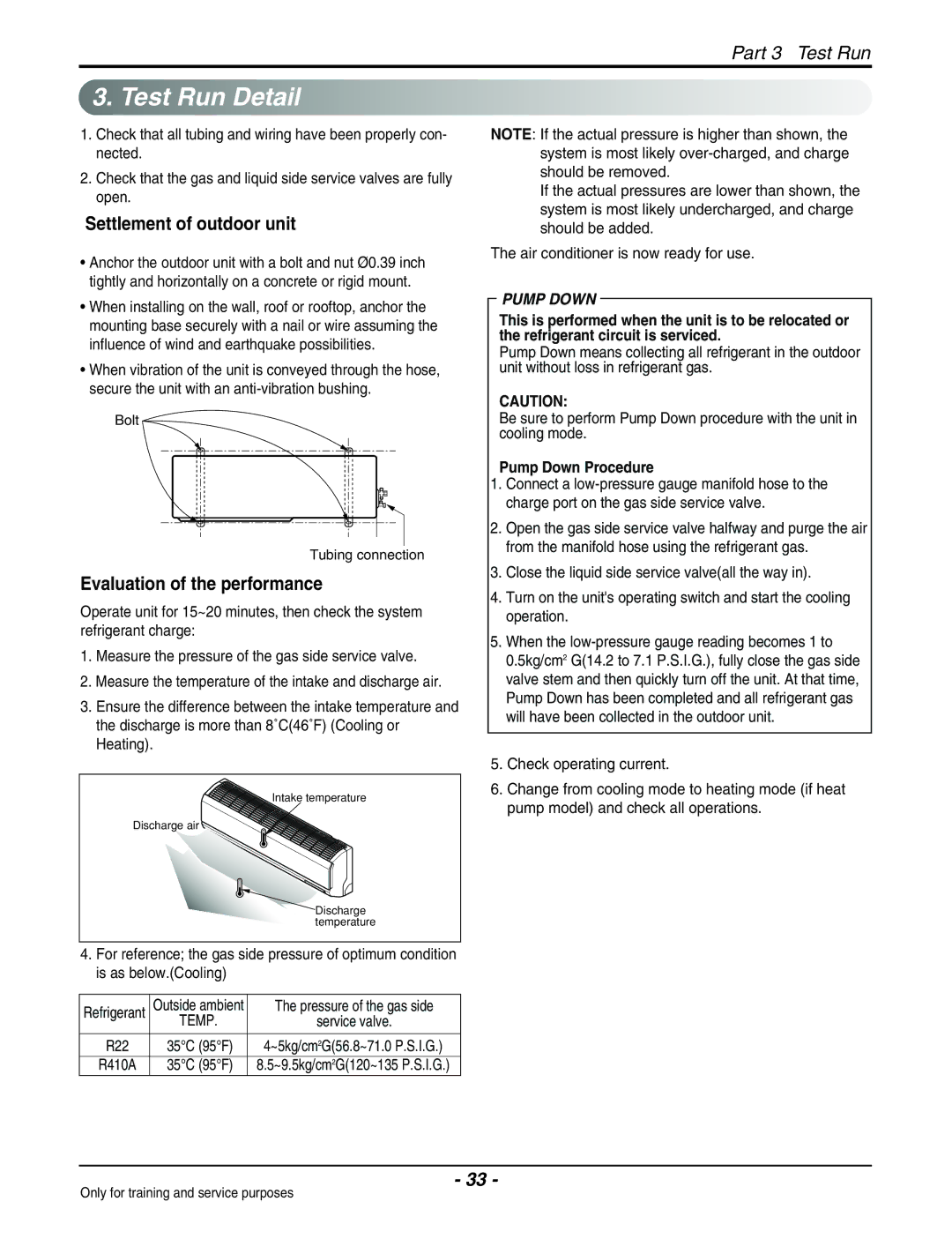VMC12SB-1/VMH12SB-1, VMC18SB-1/VMH18SB-1, VMC24SB-1/VMH24SB-1, VMC09SB-1/VMH09SB-1, VMC30SB-1/VMH30SB-1 specifications
The Heat Controller VMC30SB-1/VMH30SB-1, VMC09SB-1/VMH09SB-1, VMC24SB-1/VMH24SB-1, VMC18SB-1/VMH18SB-1, and VMC12SB-1/VMH12SB-1 are versatile and efficient HVAC systems designed for residential and commercial applications. These units stand out due to their innovative technologies, user-friendly features, and reliable performance, making them an excellent choice for heating and cooling needs.One of the most significant features of these units is their Energy Efficiency Rating (EER). Each model has been engineered to provide optimal energy savings, thus minimizing operating costs and environmental impact. Utilizing advanced inverter technology, the systems adjust their cooling and heating output according to the room's demand, ensuring that energy is used only when necessary. This results in quieter operation, less energy consumption, and enhanced comfort.
The VMC and VMH models are equipped with high-performance compressors that provide rapid heating and cooling capabilities. This feature allows users to attain their desired temperatures more quickly compared to traditional systems, ensuring a comfortable environment throughout the year. In addition, the systems maintain consistent temperatures and reduce temperature fluctuations, contributing to a more enjoyable living or working space.
Another key characteristic of the Heat Controller units is their comprehensive filtration systems. These include multi-stage filters designed to trap dust, allergens, and other particulate matter, contributing to improved indoor air quality. This aspect is particularly important for those who suffer from allergies or respiratory issues, as the units help to create a cleaner, healthier living environment.
The compact design of these models allows for easy installation in various spaces, including small apartments or tight commercial setups. They feature an intuitive control panel that offers user-friendly programming options, enabling users to schedule operations according to their daily routines. Additionally, many models include smart connectivity features, allowing remote access and adjustments via mobile apps.
Finally, the aesthetic design of the VMC and VMH series complements modern interior decors, ensuring that these units not only perform well but look good while doing so. With a combination of reliability, energy efficiency, and user-centric features, the Heat Controller VMC and VMH series stand out as an excellent investment for any heating and cooling requirement. These units promise comfort, convenience, and cost-effective operation.

